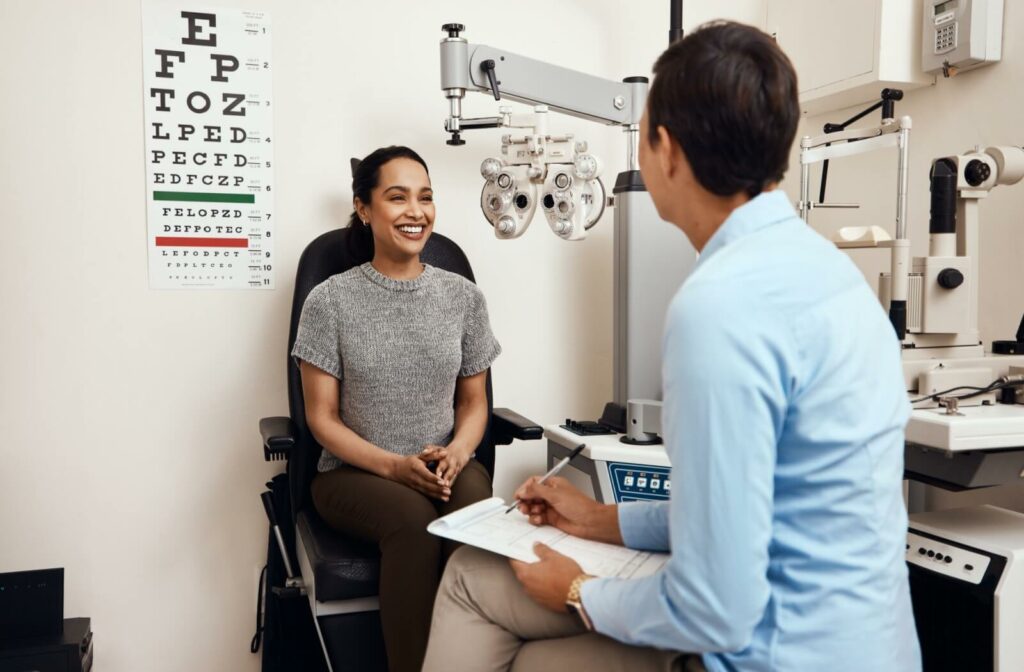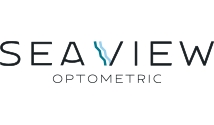Dry eye therapy continues to evolve, and one of the most promising treatments available today is OptiLight by Lumenis. This in-office procedure uses intense pulsed light (IPL) technology to target the root causes of evaporative dry eye.
But many patients ask an important question before starting treatment: Is OptiLight covered by insurance? The short answer is that most insurance plans do not cover OptiLight, but there are ways to make the treatment more affordable, such as using HSA or FSA funds.
What is OptiLight by Lumenis?
OptiLight is a non-invasive, FDA-approved therapy designed to manage evaporative dry eye. Evaporative dry eye happens when the meibomian glands in the eyelids don’t produce enough oil, leading tears to evaporate too quickly. As a result, the eyes can feel dry, gritty, watery, or irritated.
The treatment works by applying controlled pulses of light to the delicate skin around the eyes. These pulses reduce inflammation, eliminate harmful bacteria or mites, and stimulate the meibomian glands to function more effectively. By addressing the underlying cause, OptiLight helps restore a healthier tear film, reduce irritation, and improve comfort.
Does Insurance Cover OptiLight?
Most private insurance plans do not cover OptiLight treatments, even when prescribed for dry eye management. Insurance companies often classify IPL therapies as elective or cosmetic procedures rather than medically necessary care. This can leave patients responsible for covering the cost themselves.
Dry eye disease often requires ongoing care and maintenance, and while the cost can seem overwhelming, there are financial strategies available to make treatment more accessible. At our clinic, we take a personalized approach to ensure you receive the best care tailored to your unique dry eye needs.
How to Make OptiLight More Affordable
If insurance doesn’t cover your therapy, you may still be able to manage costs with the following options:
- HSA/FSA funds: Many patients can use pre-tax dollars from a Health Savings Account (HSA) or Flexible Spending Account (FSA) to pay for treatments, including IPL, LASIK, and even glasses. Always confirm with your plan provider.
- Medical credit cards: Programs like CareCredit allow patients to finance medical expenses with deferred or low-interest plans.
- Bundled packages or promotions: Some providers offer discounts for purchasing multiple sessions at once.
Enhancing Your Dry Eye Care Plan
While OptiLight is highly effective, it’s often combined with additional treatments to help manage dry eye symptoms and maintain comfort between sessions. These may include:
- Artificial tears to relieve mild-to-moderate dryness
- Warm compresses to unclog oil glands and improve tear film quality
- Prescription medications like Restasis or Xiidra for severe inflammation
- Humidifiers at home to combat dry air and maintain eye moisture
Who Is a Good Candidate for OptiLight?
Not every patient with dry eye is an ideal candidate for OptiLight. A thorough exam with your optometrist helps determine if IPL therapy is right for you, but good candidates are generally patients with evaporative dry eye who don’t have any other conditions that may affect eligibility.
Common Signs of Evaporative Dry Eye
- Burning, stinging, or gritty eyes
- Excess tearing or watery eyes
- Blurry or fluctuating vision
- Sensitivity to light
- Contact lens discomfort
Conditions That May Affect Eligibility
Certain health or skin conditions may make IPL unsafe, such as:
- Active skin infections or rashes
- Certain photosensitive skin disorders
- Recent tanning or sunburn
- Some medications that increase light sensitivity
Long-Term Benefits of OptiLight
One of the reasons OptiLight has become such a popular treatment for dry eye is that it not only provides short-term relief, but also promotes long-term improvements. Many patients begin noticing positive changes after just a few sessions, with continued progress as treatments go on.
Improved Tear Quality & Comfort
OptiLight works by restoring the natural function of the meibomian glands, which are responsible for producing the oil layer of your tears. This oil prevents tears from evaporating too quickly, helping your eyes stay hydrated. With healthier gland function, patients often experience more stable, comfortable vision and a significant reduction in dryness, irritation, and burning sensations.
Better Quality of Life With Reduced Dry Eye Symptoms
The relief from symptoms isn’t just physical; it also impacts daily life. Tasks like reading, driving at night, working on a computer, or wearing contact lenses often become easier and more comfortable. Many patients report they can focus better at work, enjoy hobbies without constant discomfort, and feel more confident knowing their eyes won’t interfere with everyday activities. Over time, this improvement can make a noticeable difference in overall quality of life.
Can I Use OptiLight if I Wear Contact Lenses?
Yes, many contact lens wearers benefit from OptiLight. Since dry eye symptoms often make contacts uncomfortable, IPL therapy can help restore comfort and extend wear time. Your optometrist may advise removing your lenses during treatment sessions, but afterward, most patients can continue wearing them as normal.

Manage Your Dry Eye in Long Beach, CA
Managing dry eye can be frustrating, but in-office treatments like OptiLight provide long-term relief by targeting the root causes of discomfort. While insurance coverage for OptiLight is rare, options like HSA/FSA accounts, financing plans, or bundled packages can help make treatment more affordable.
Your eye health is worth the investment. If you’re struggling with dry eye symptoms and want to learn whether OptiLight is right for you, connect with Sea View Optometry in Long Beach, CA, to schedule a consultation today.



